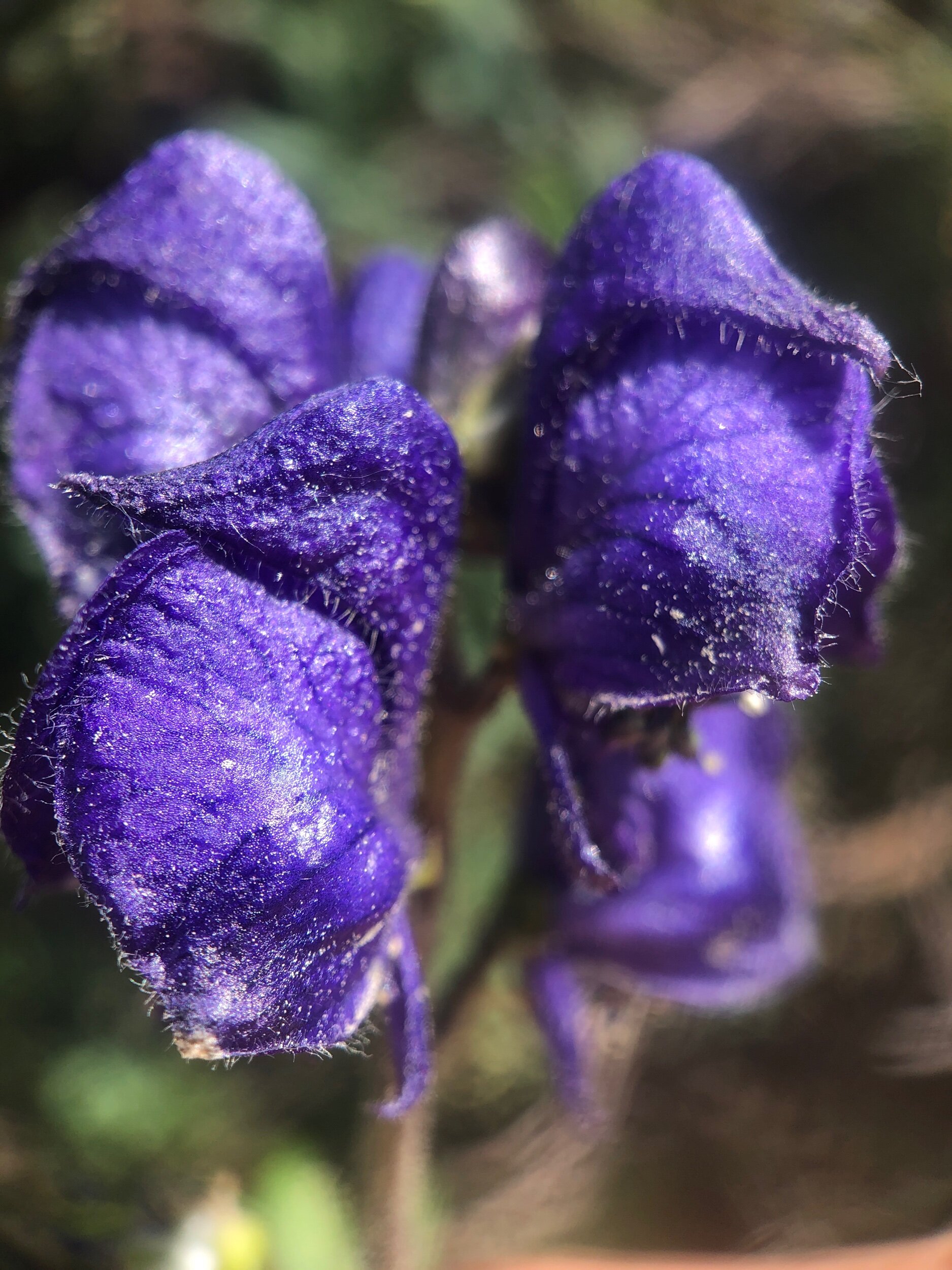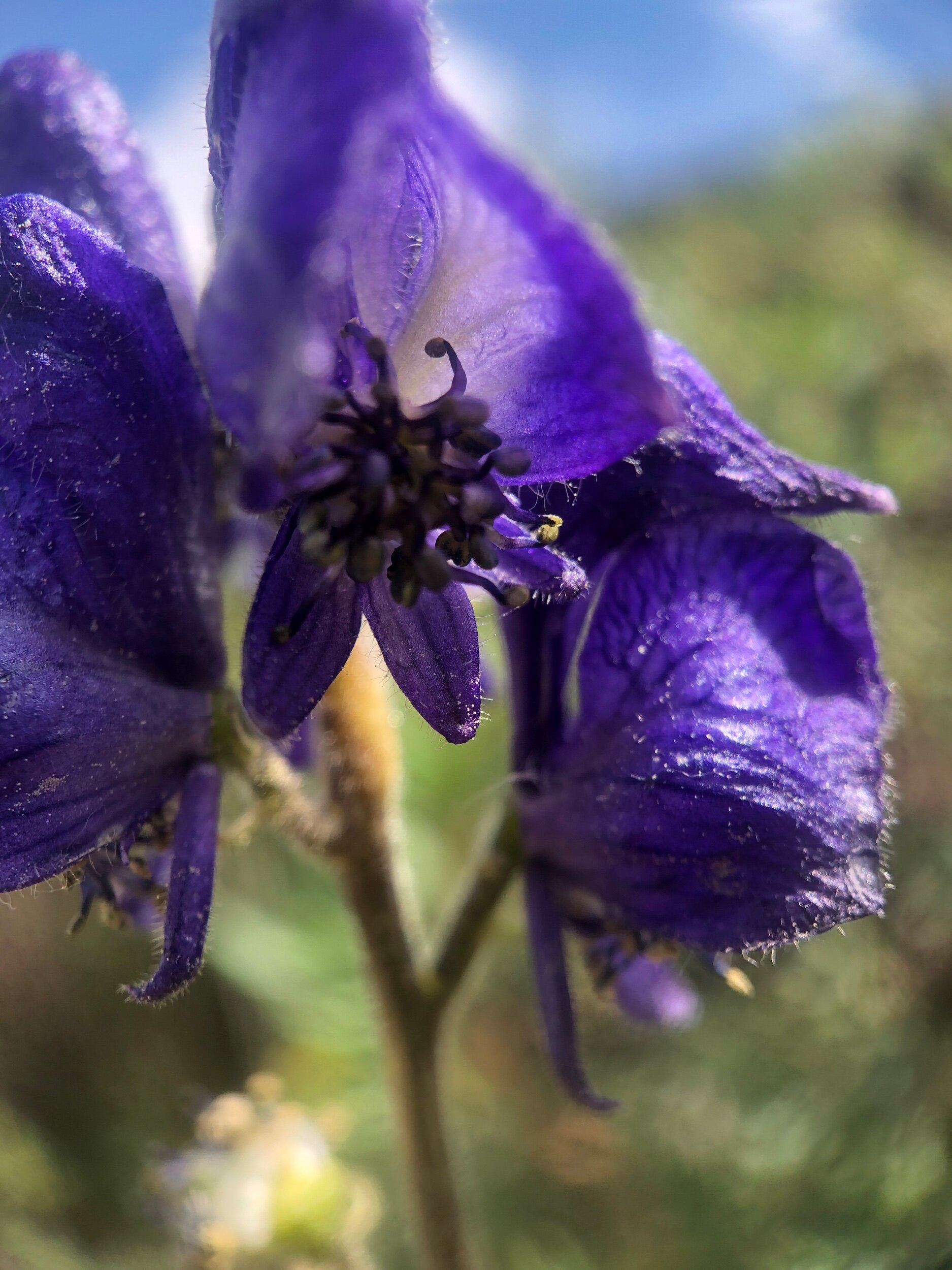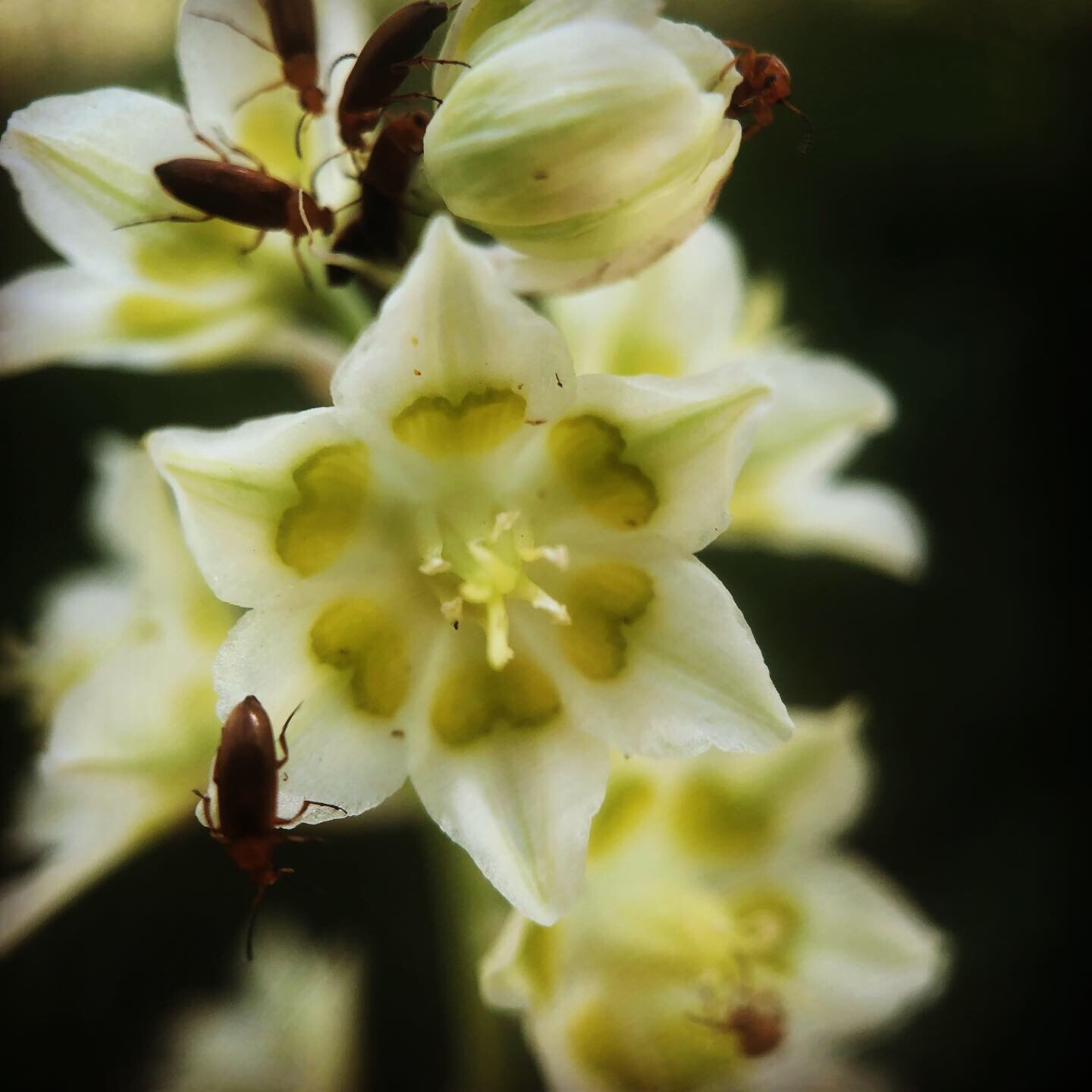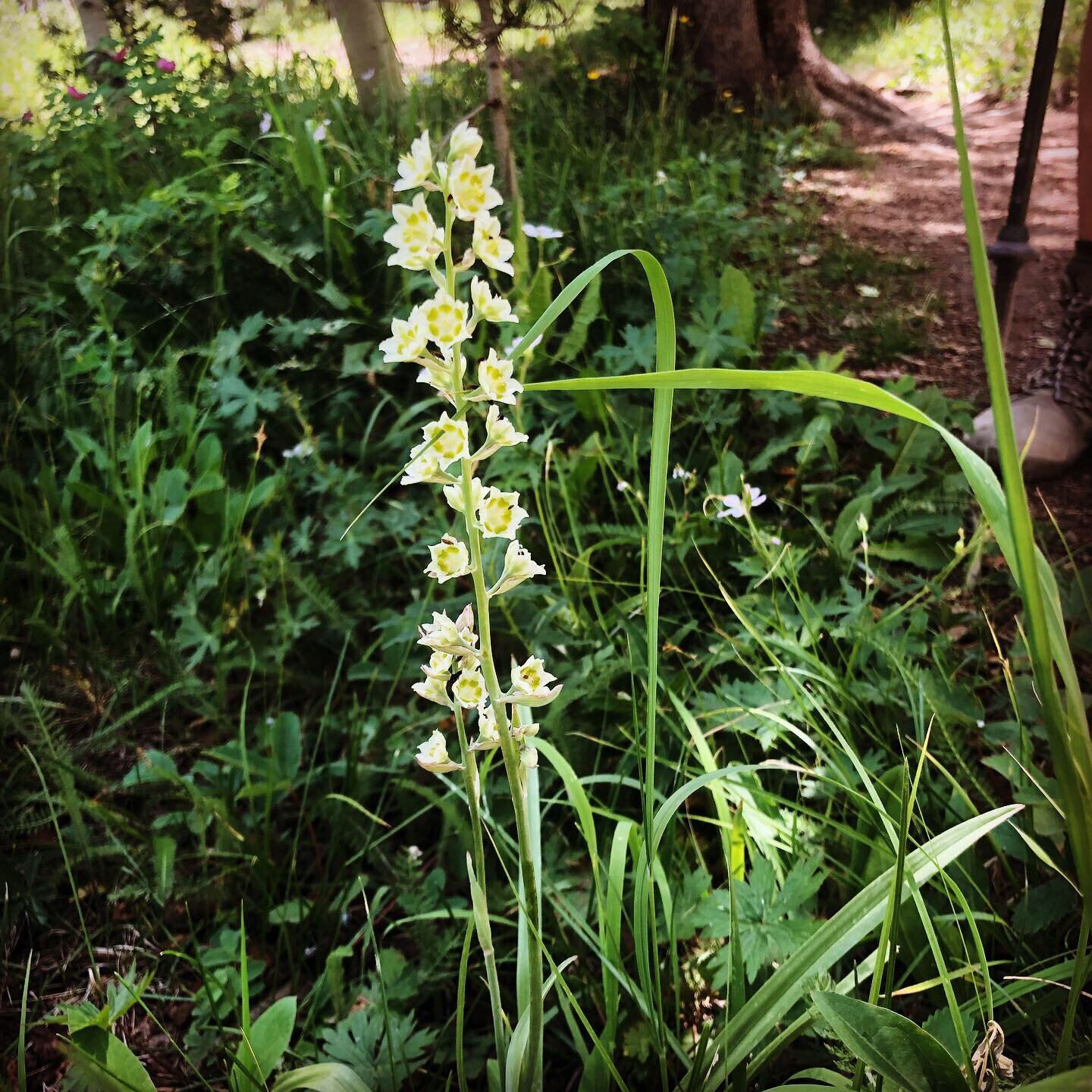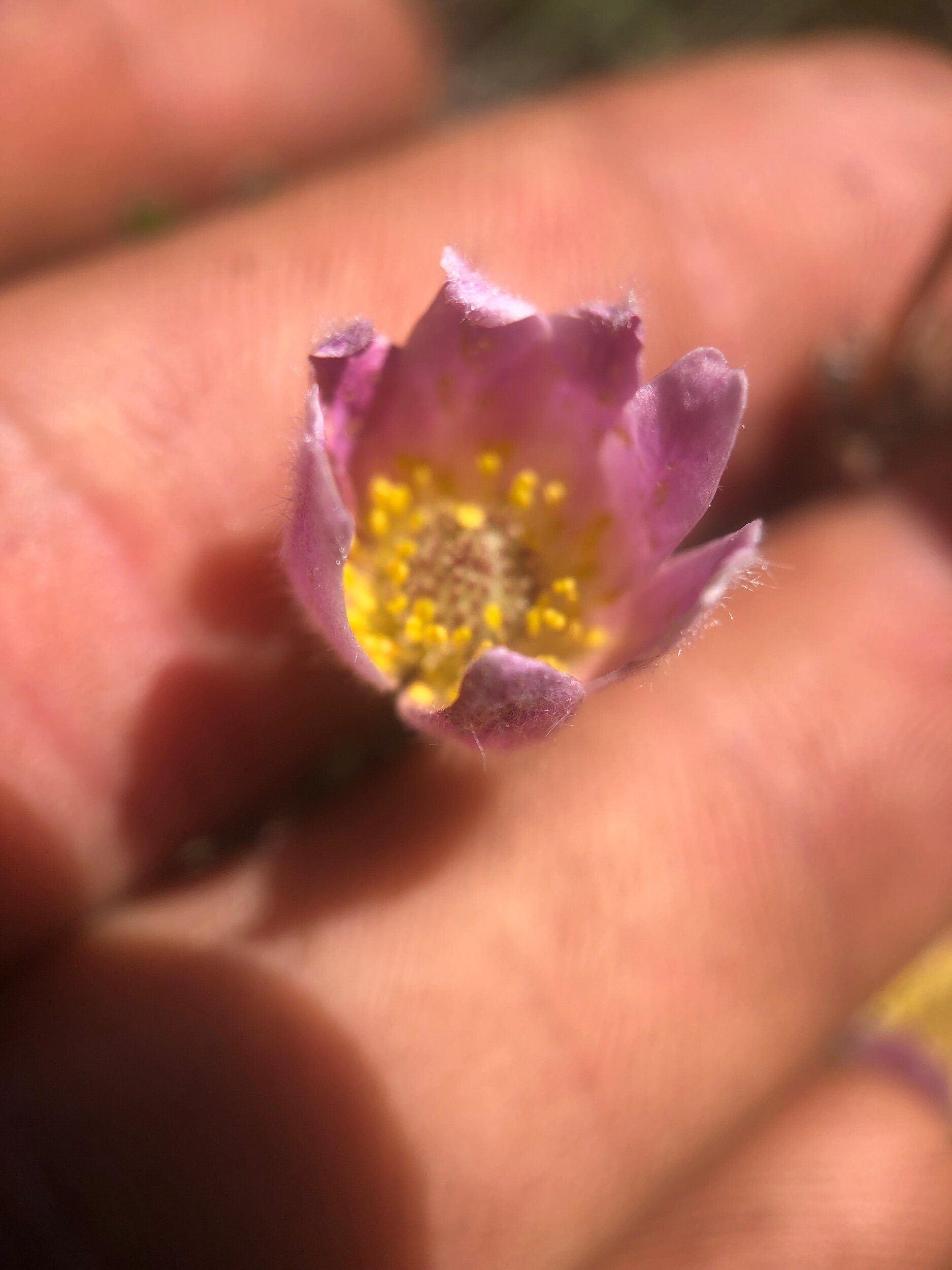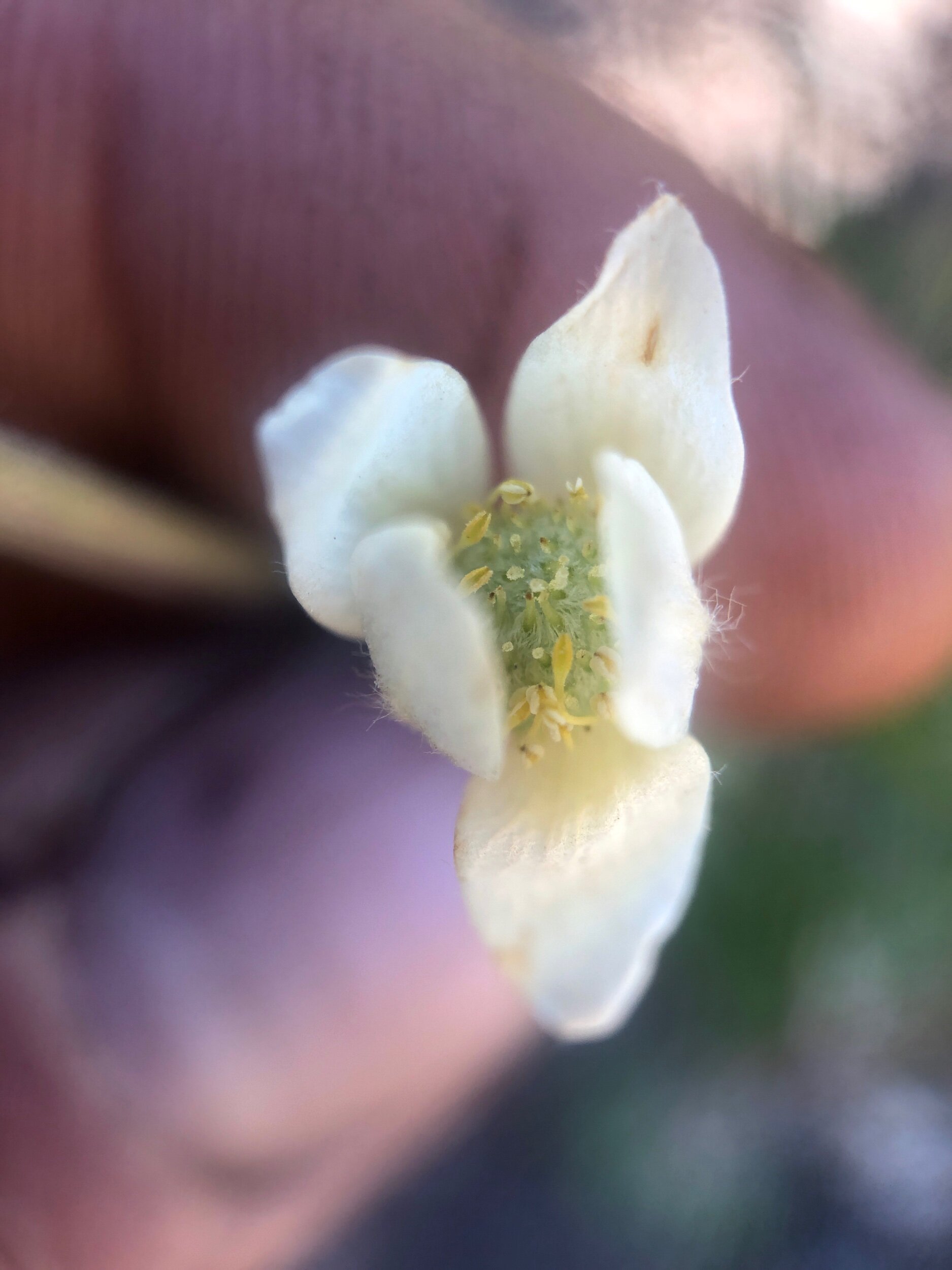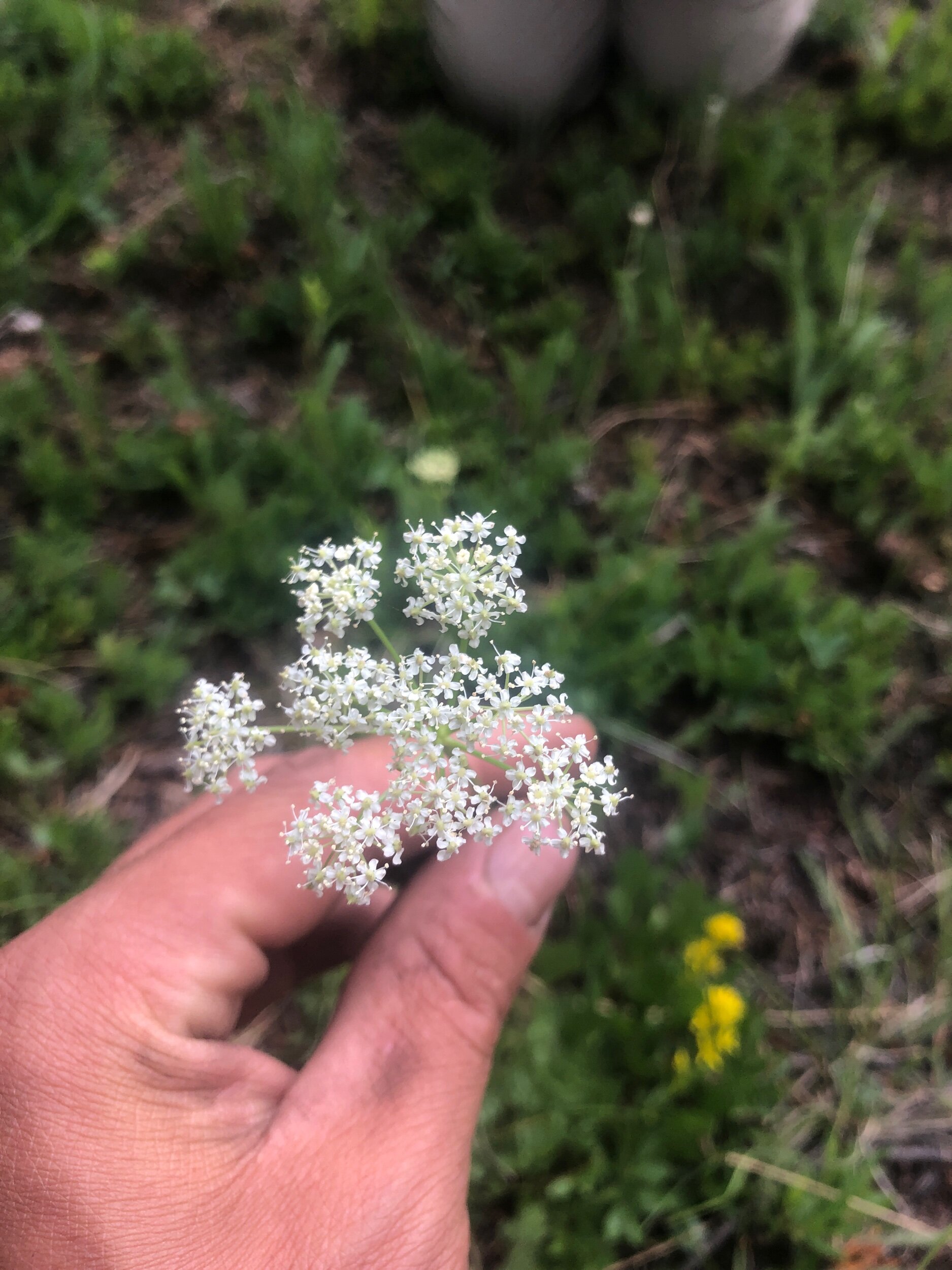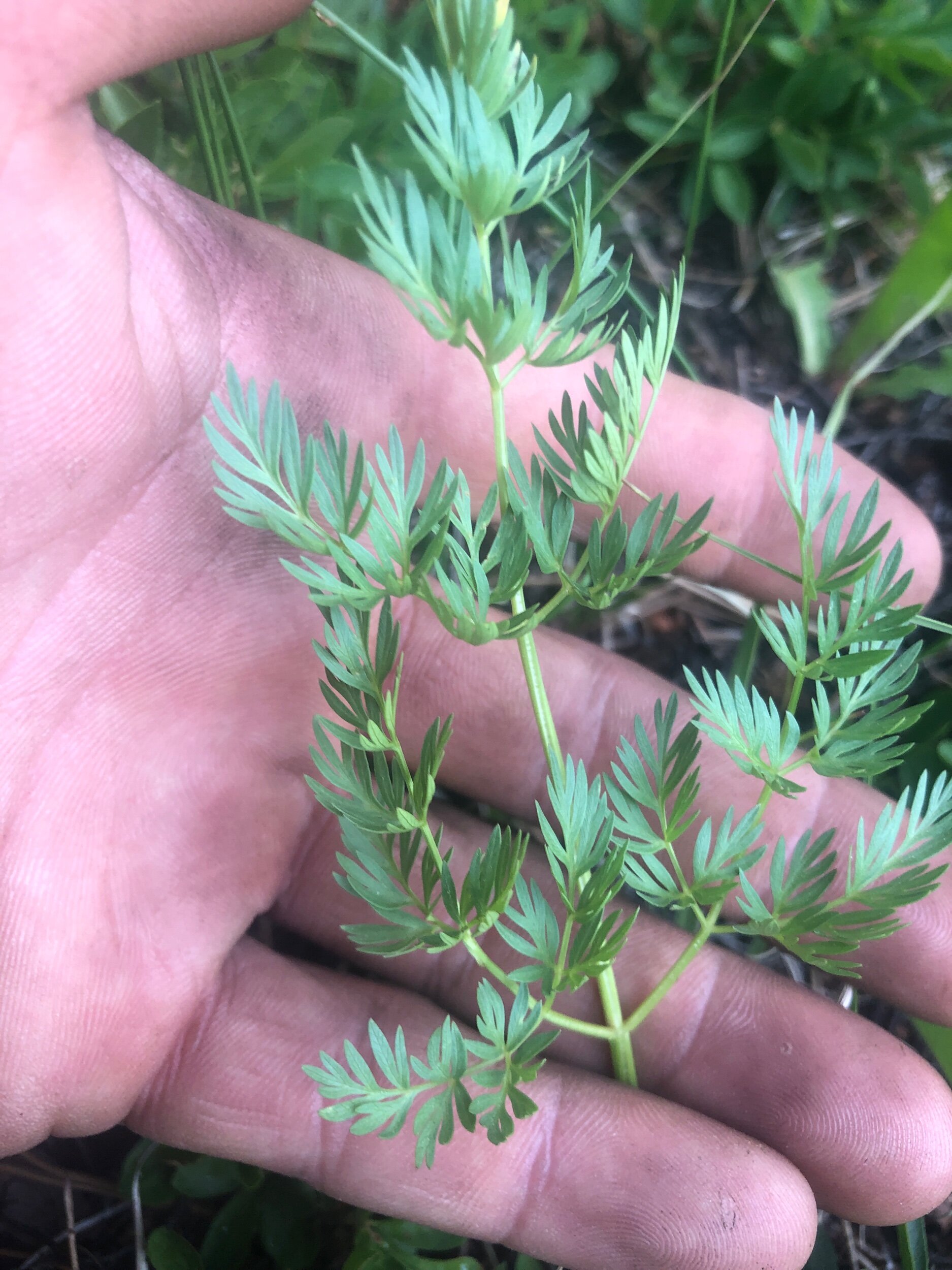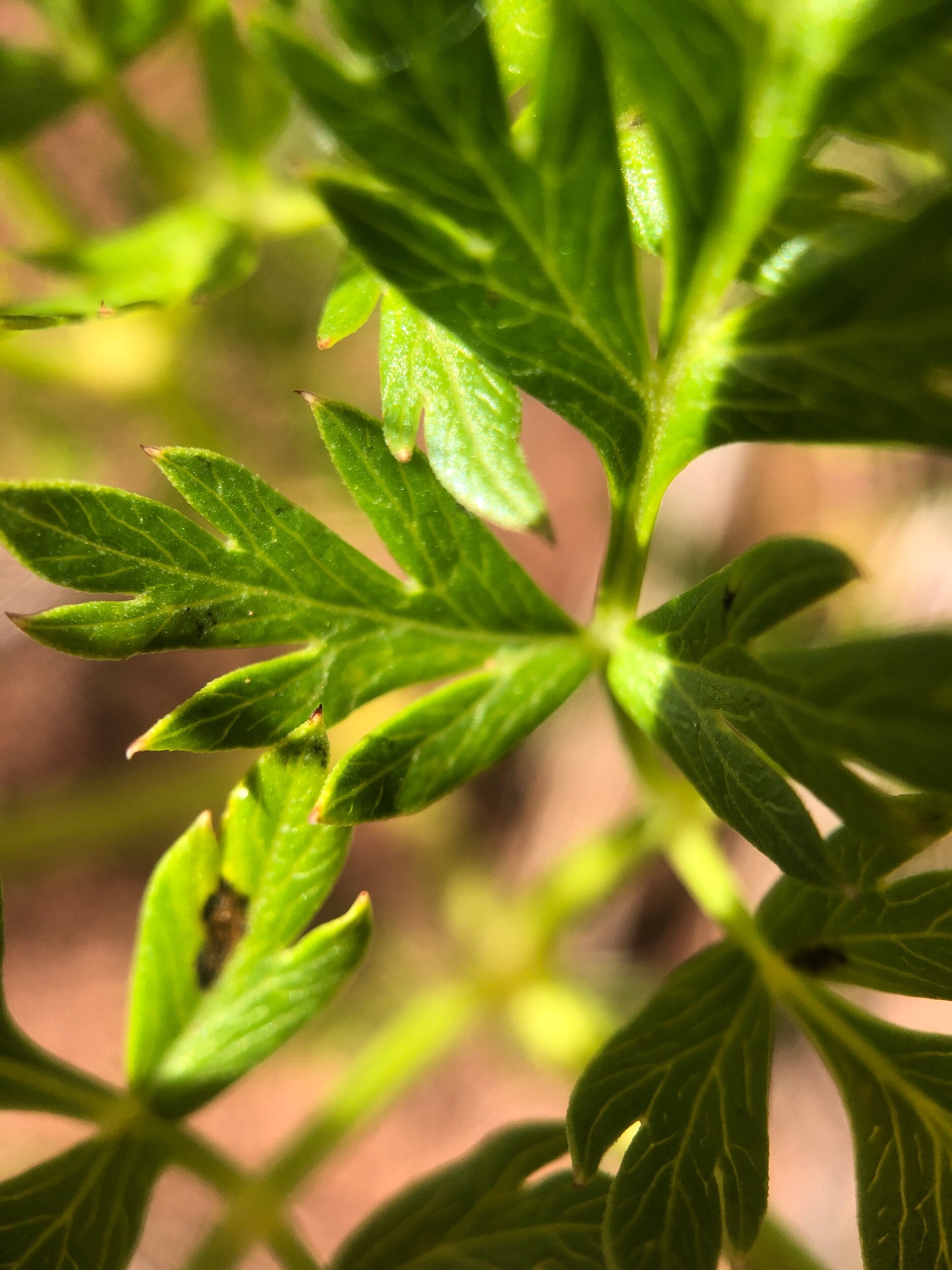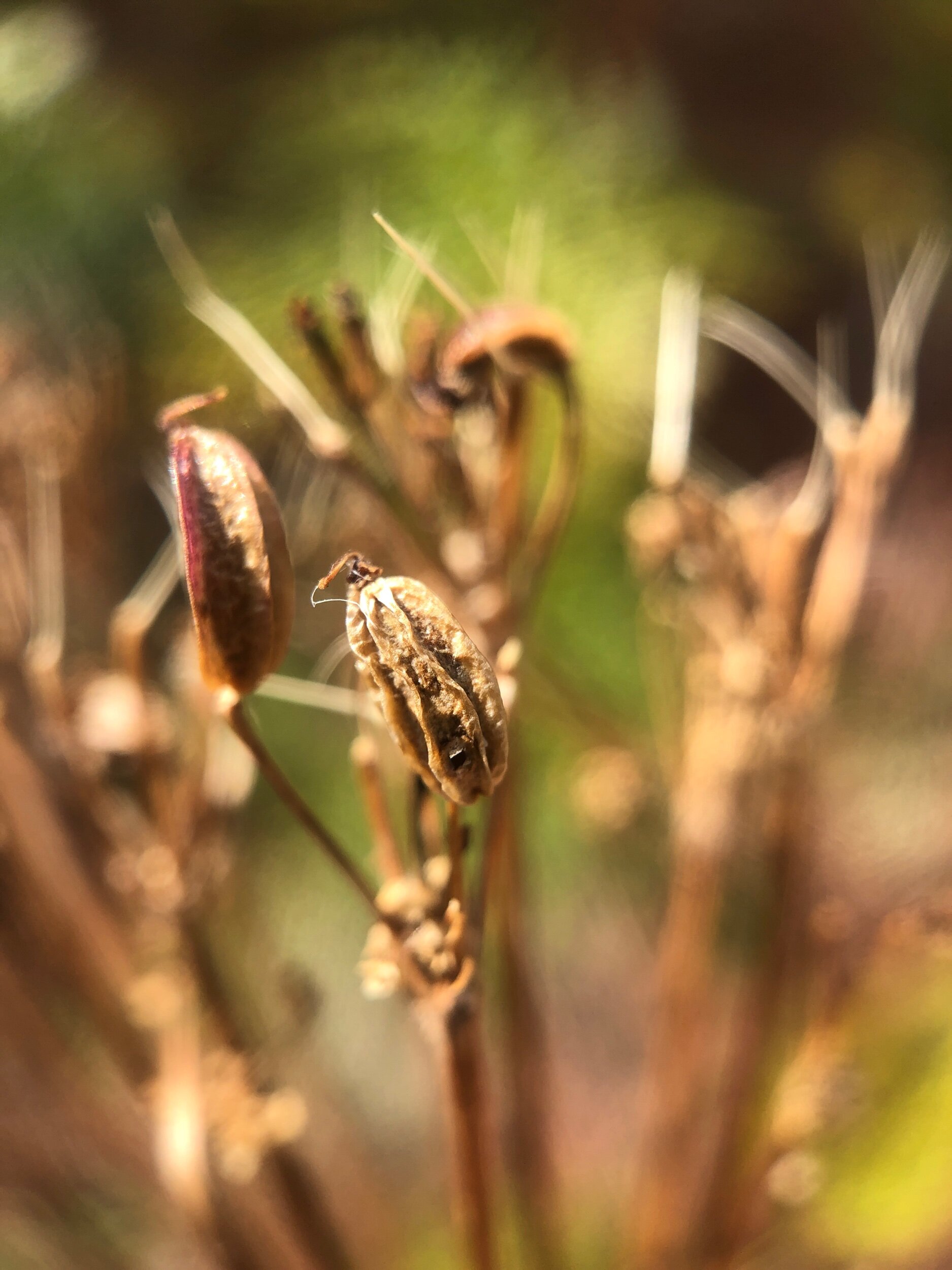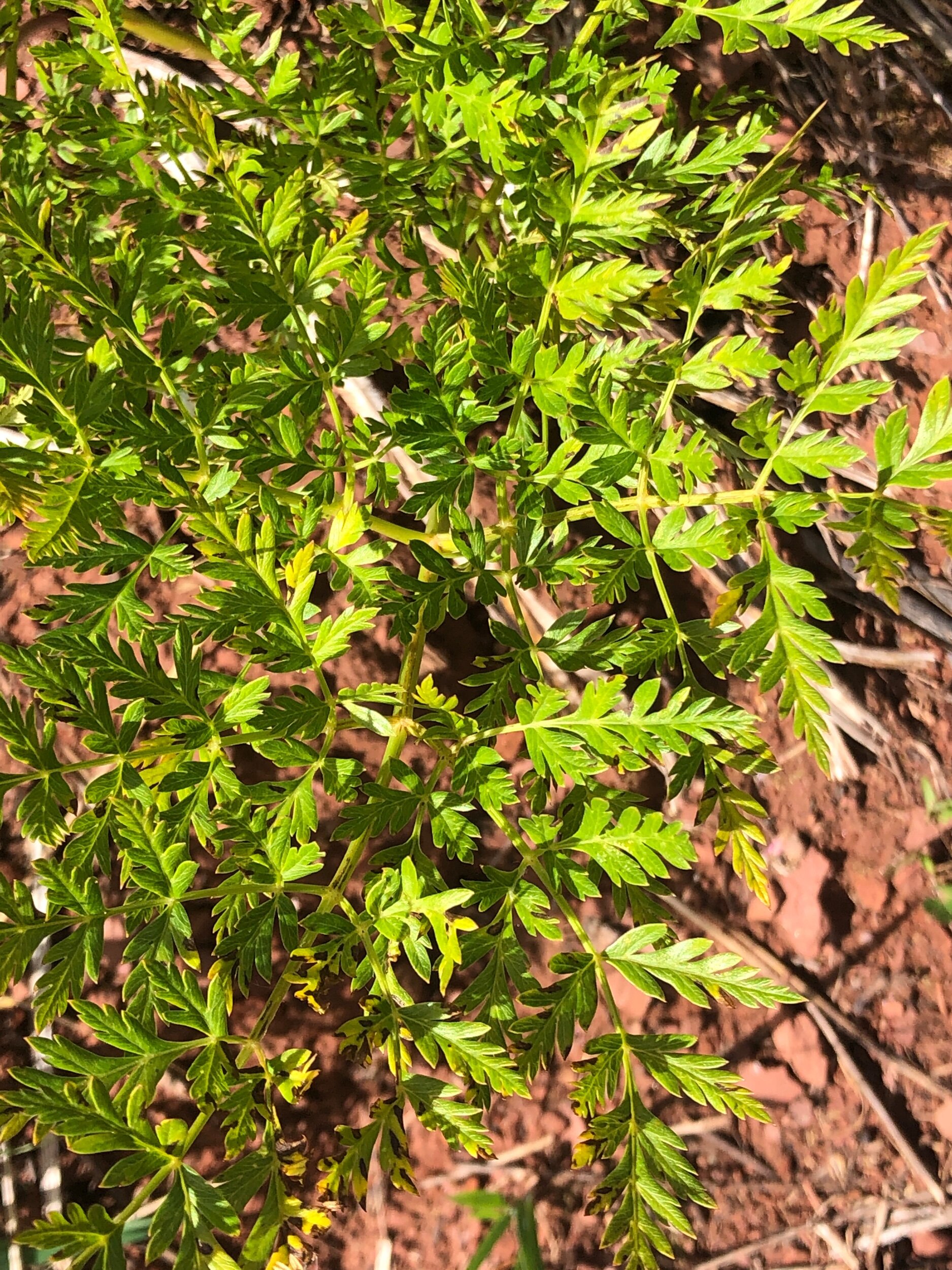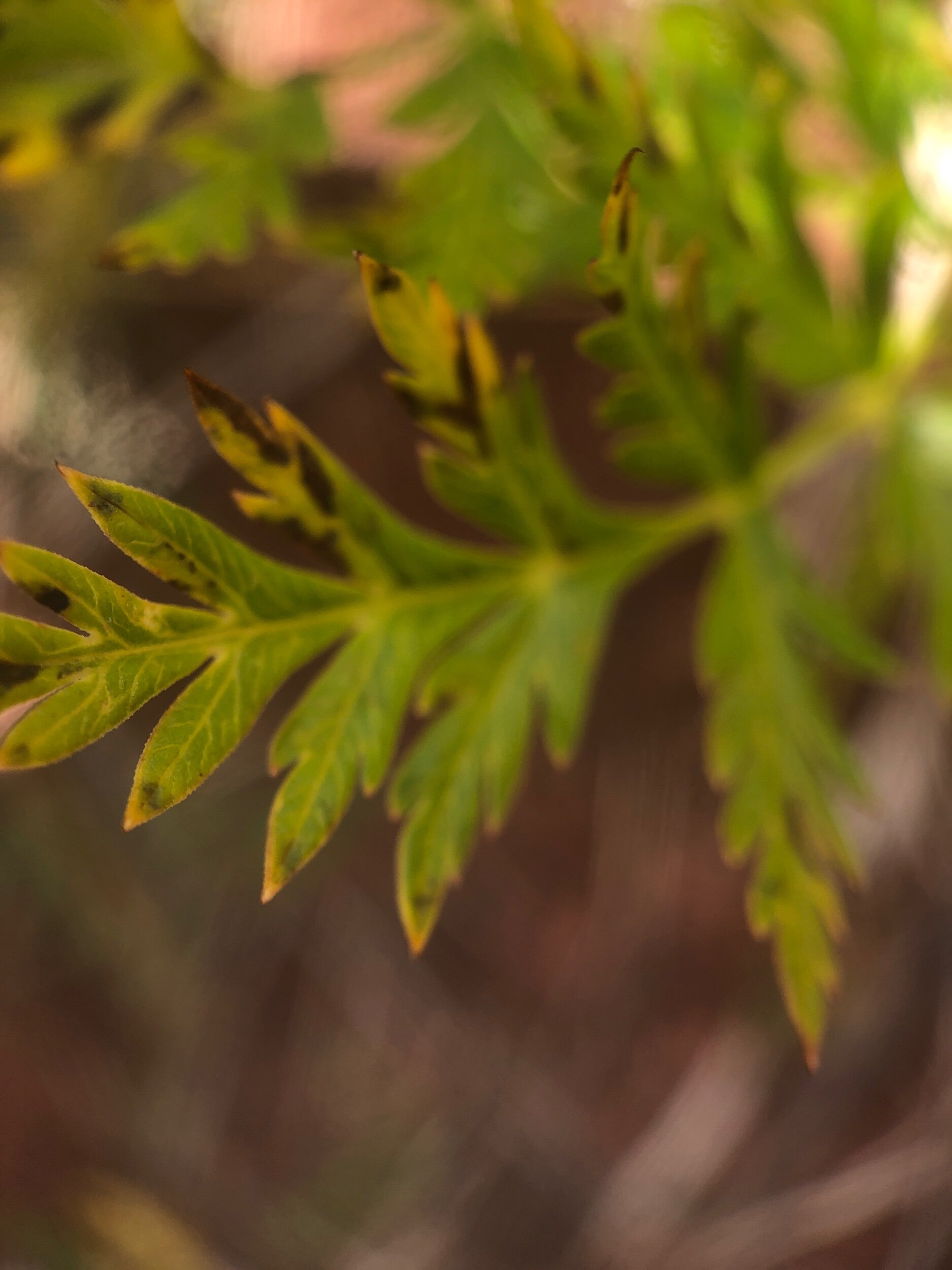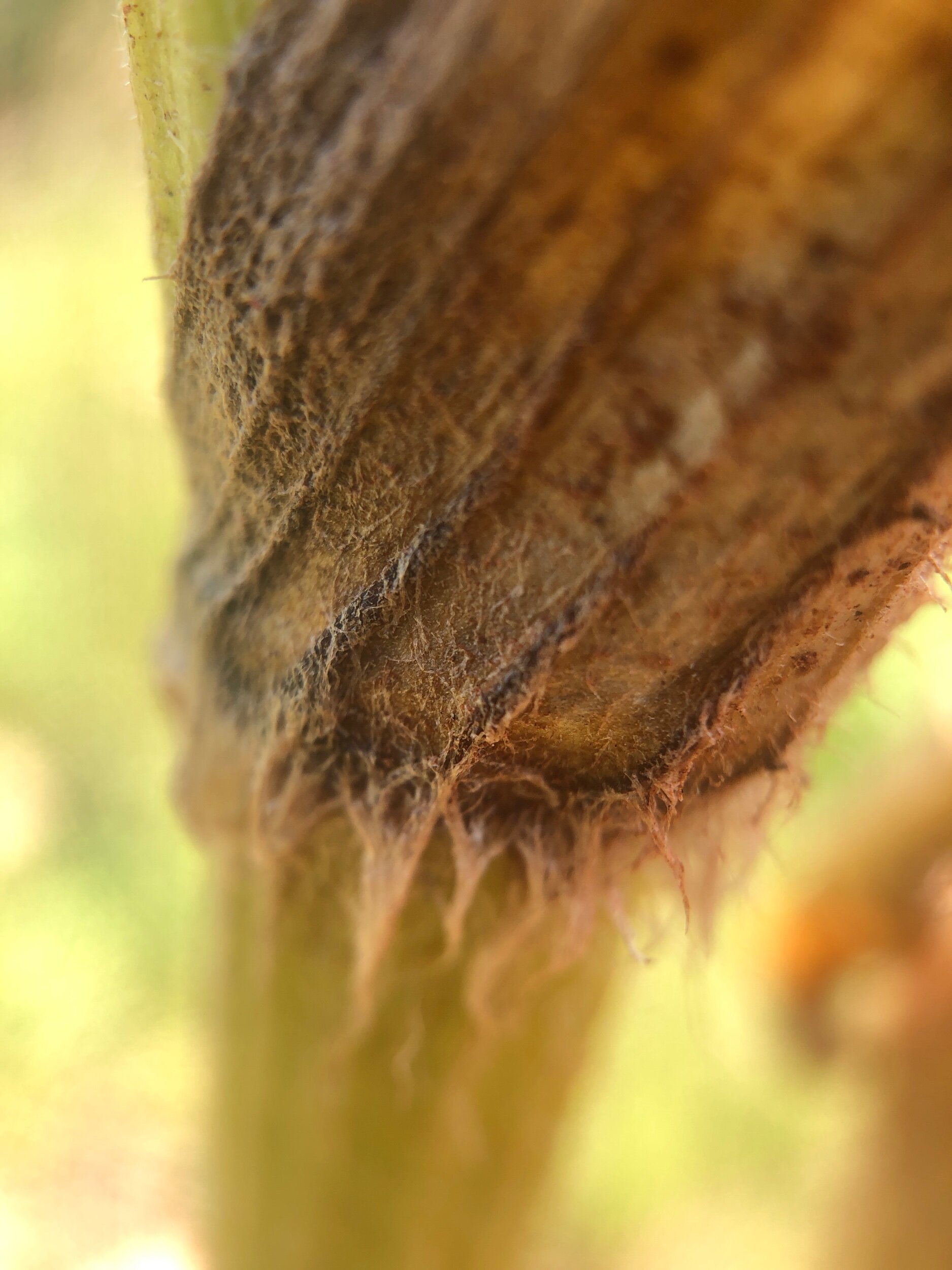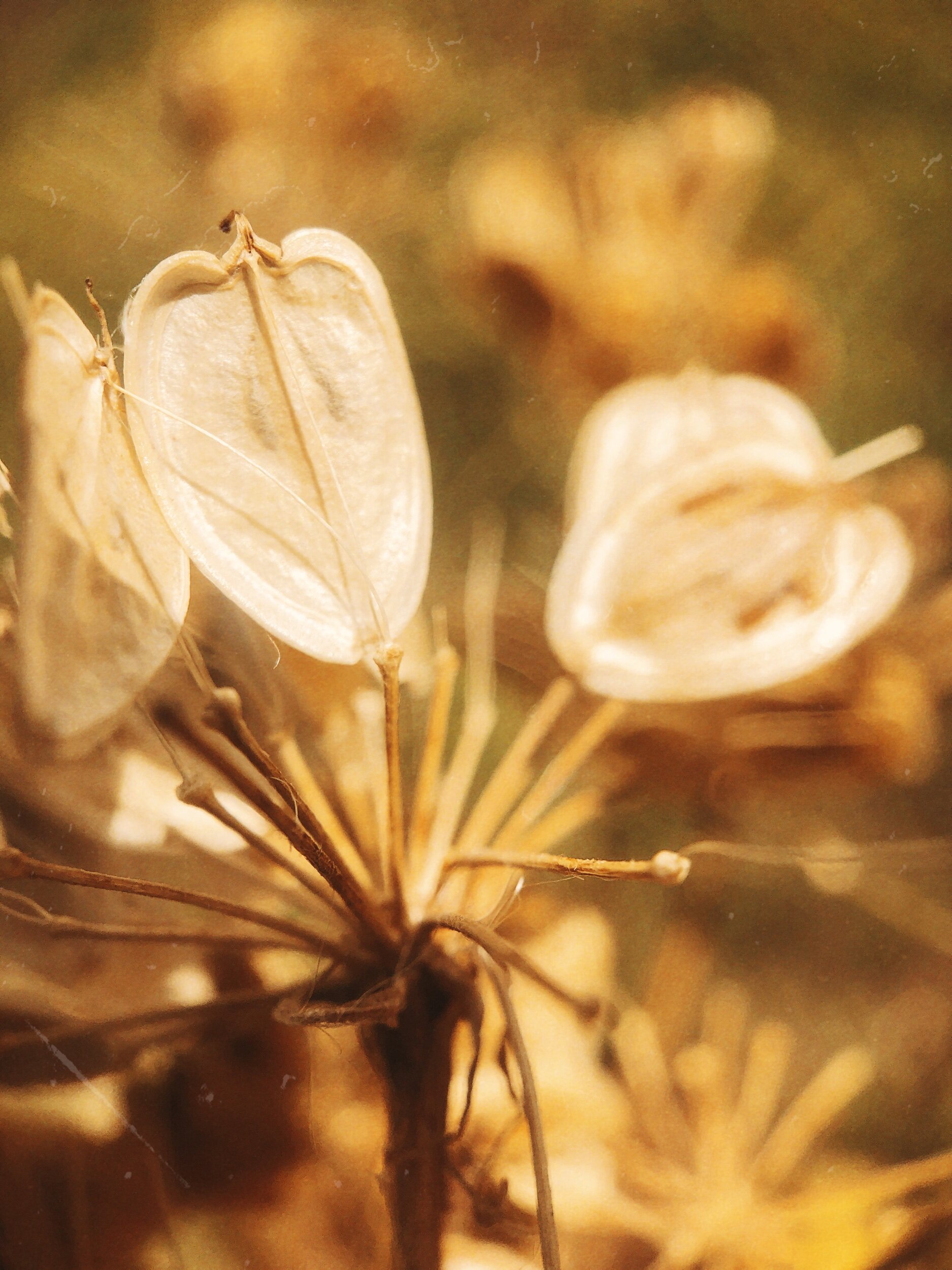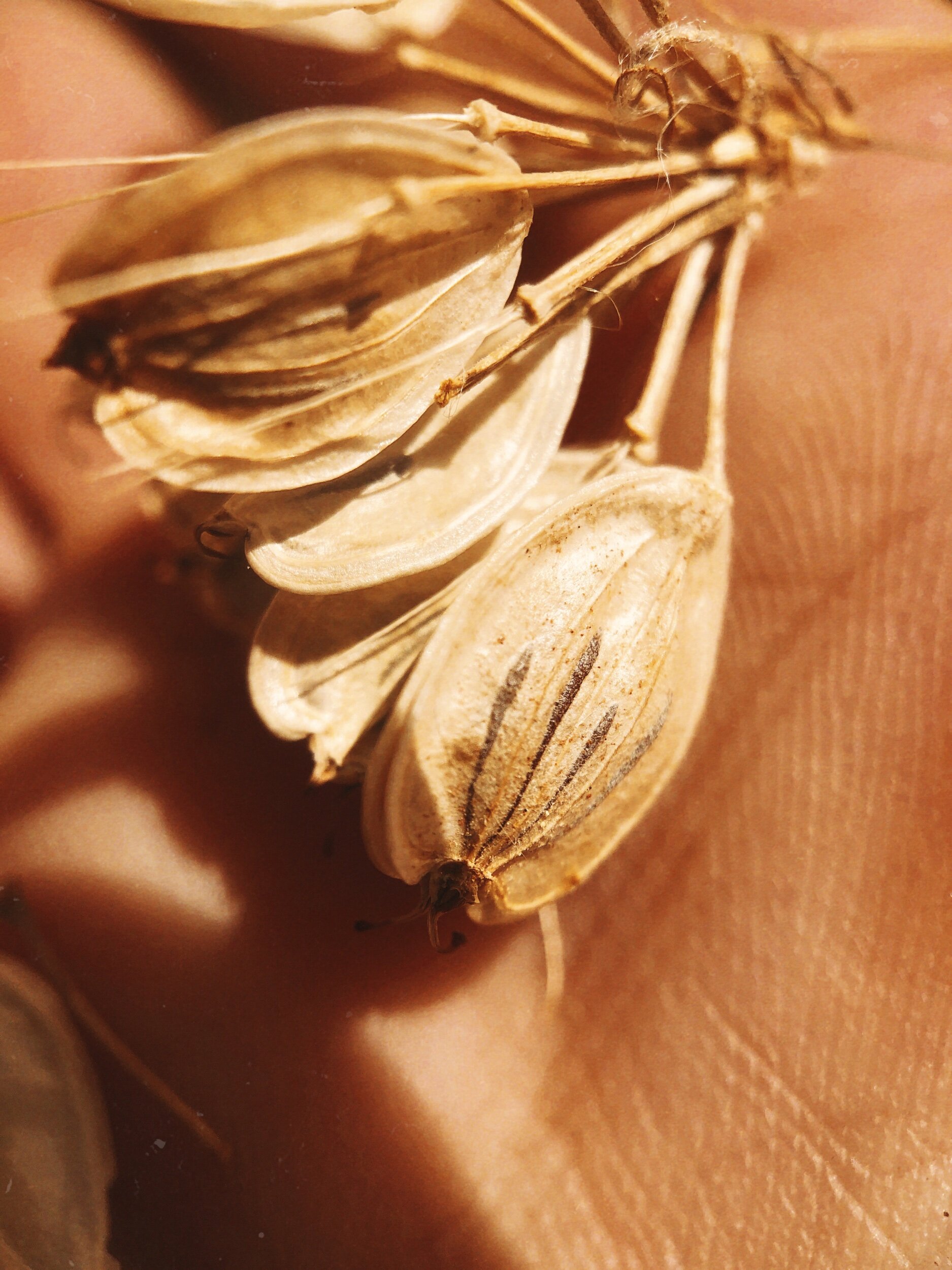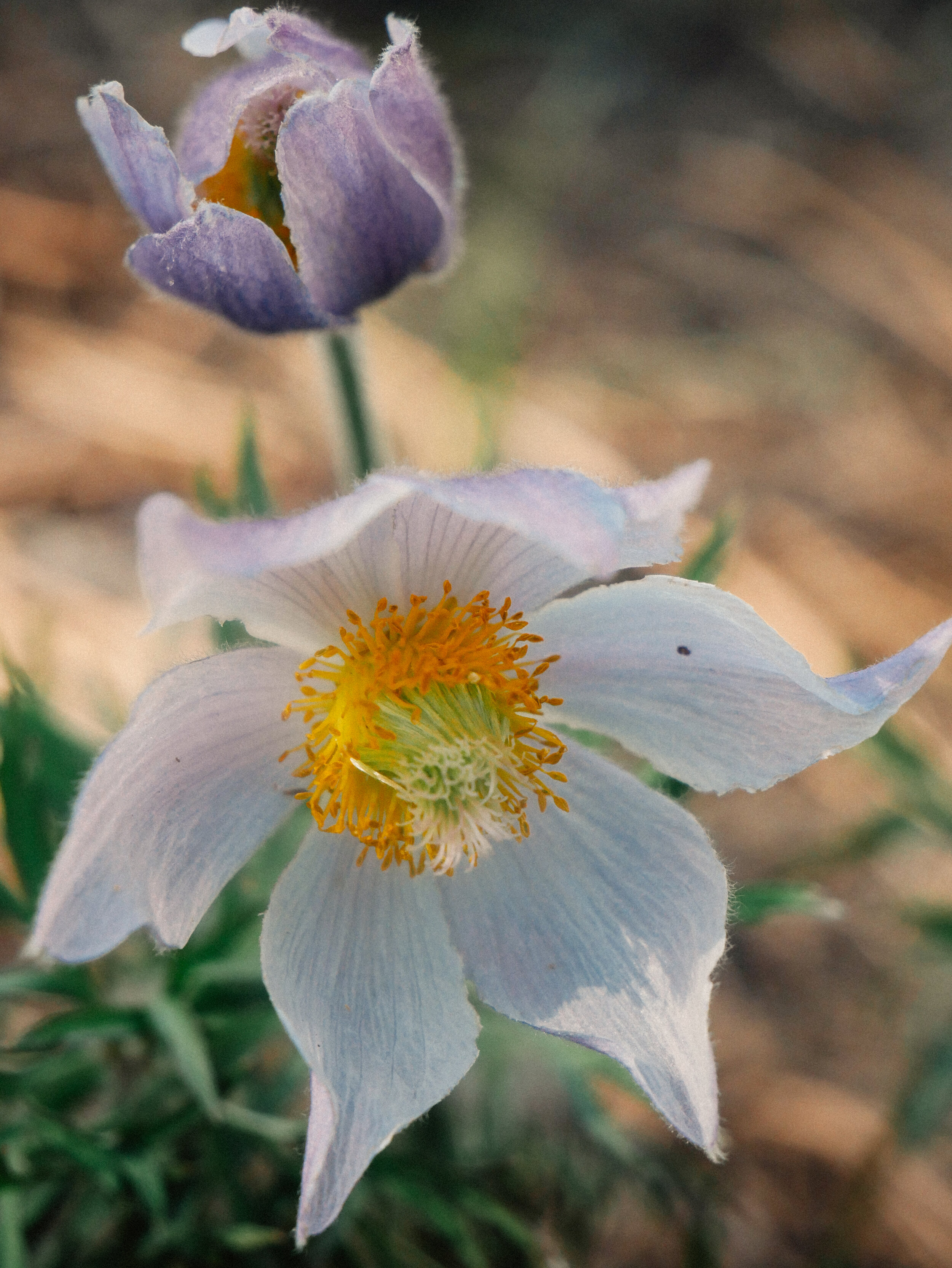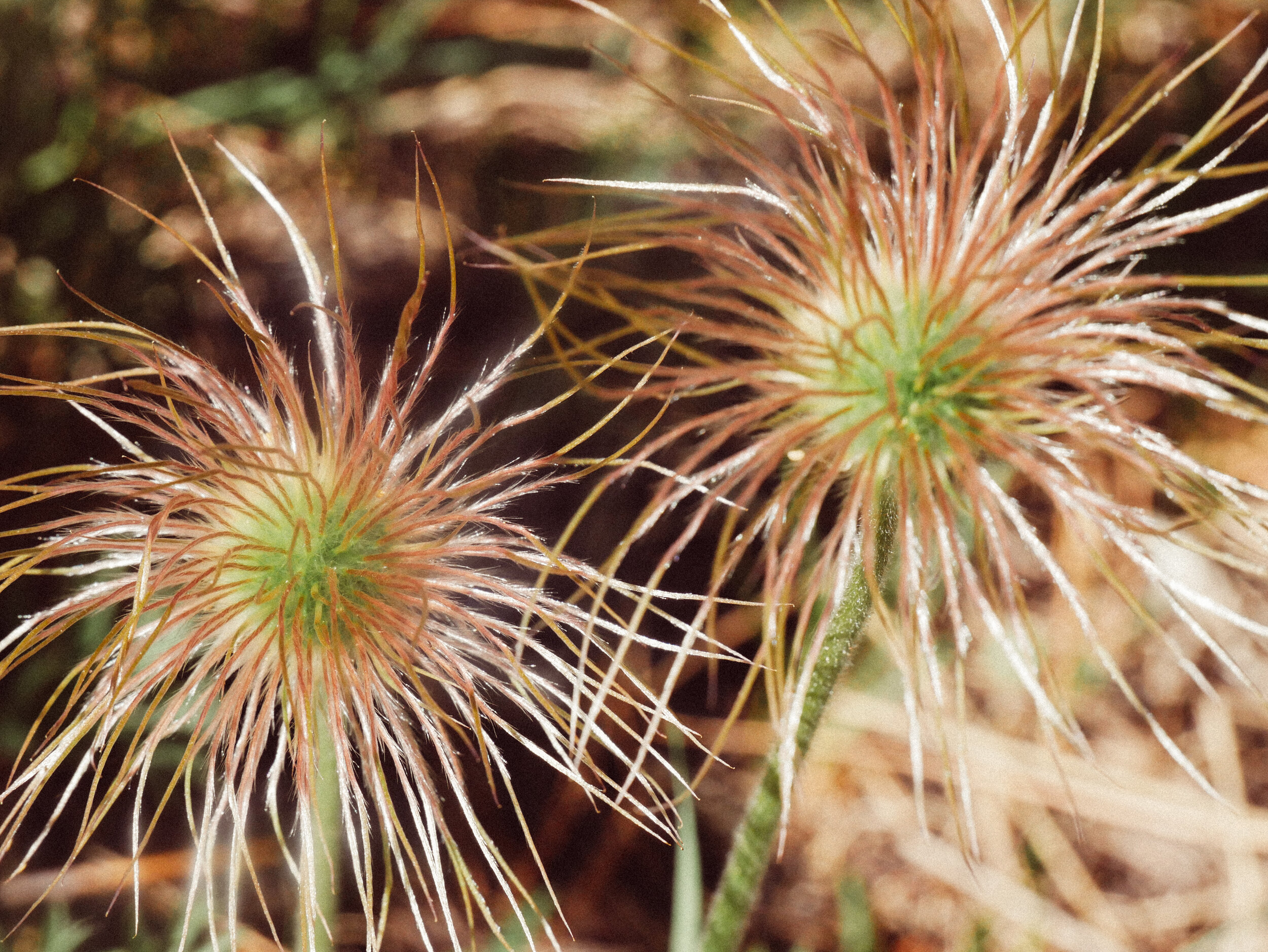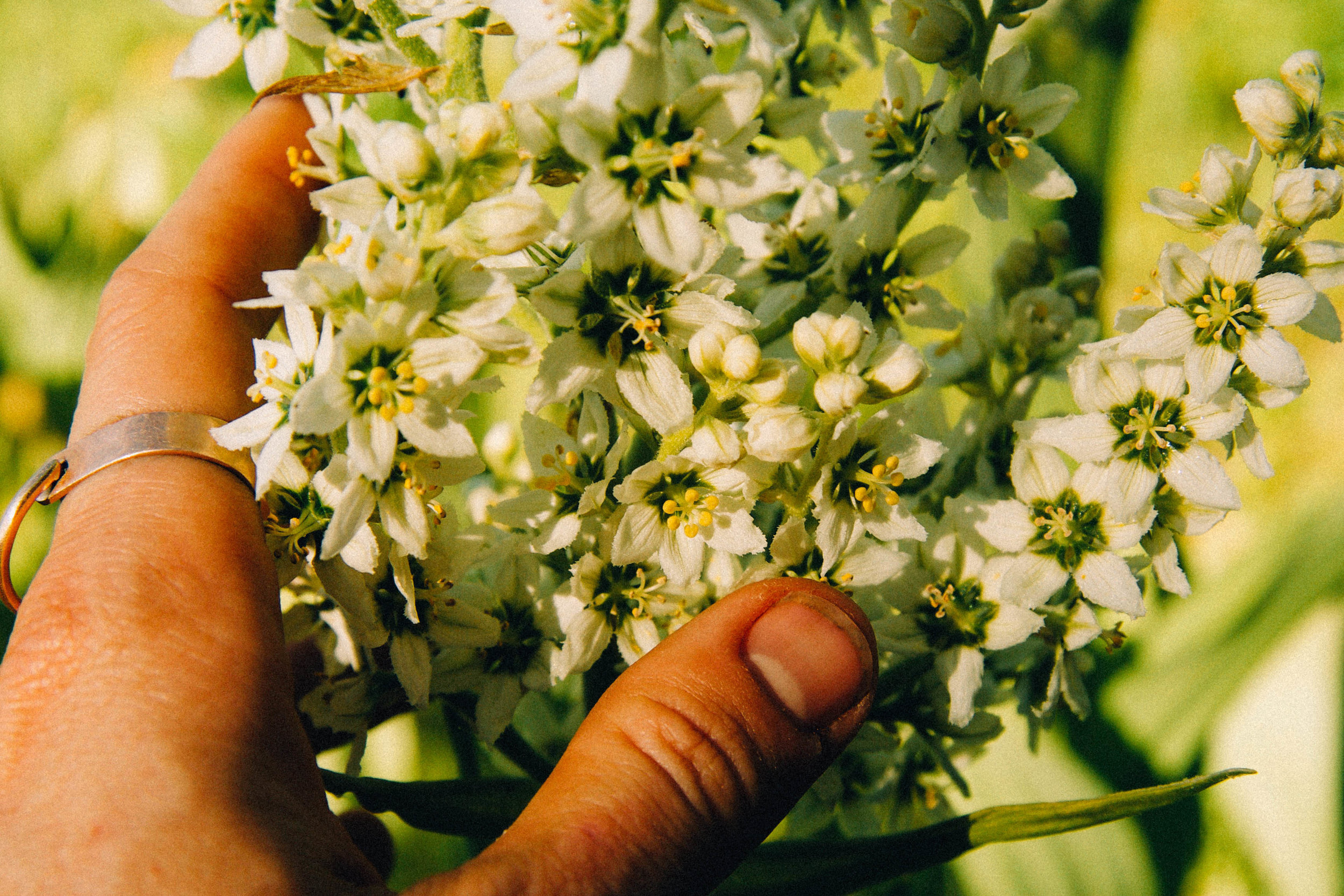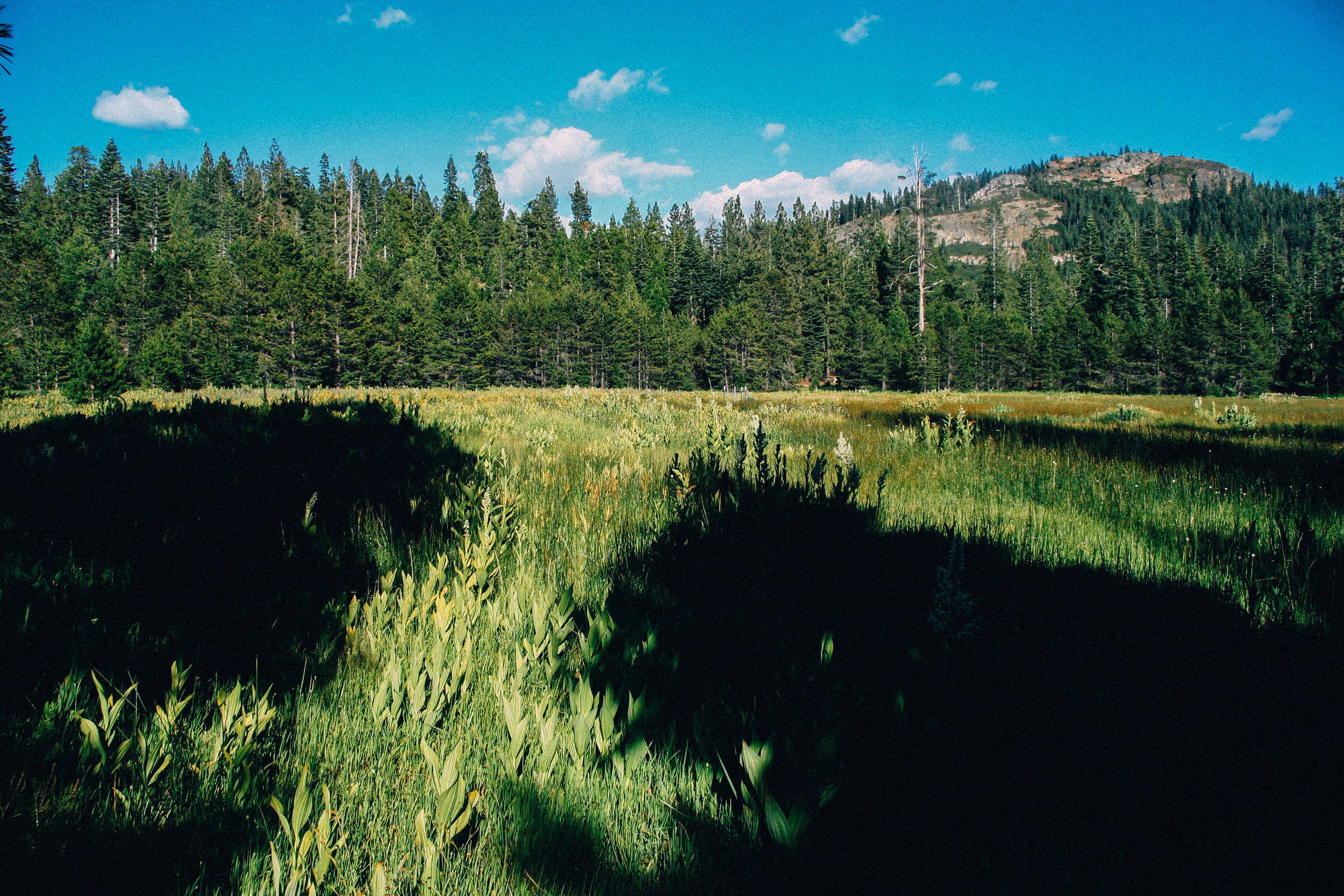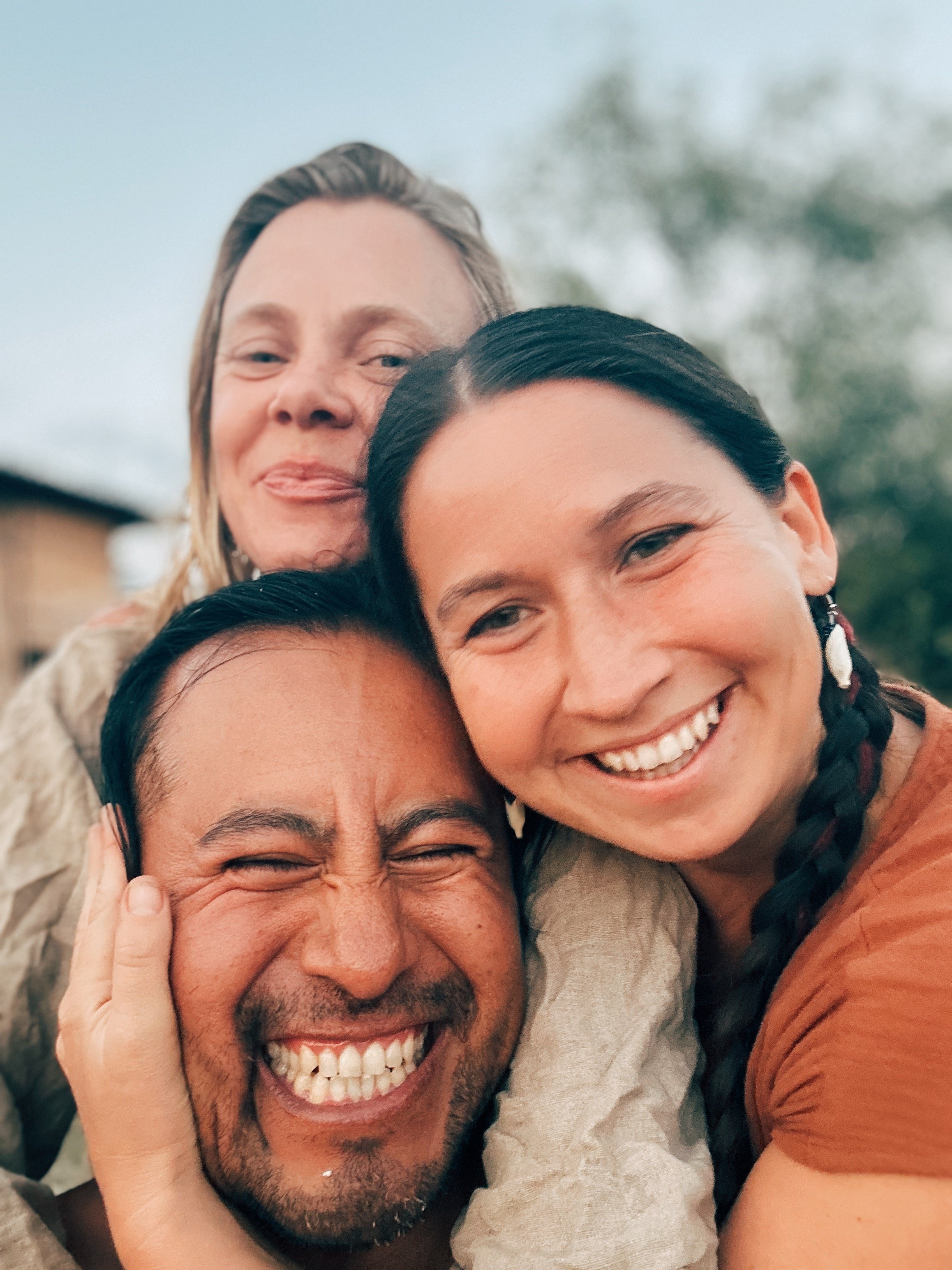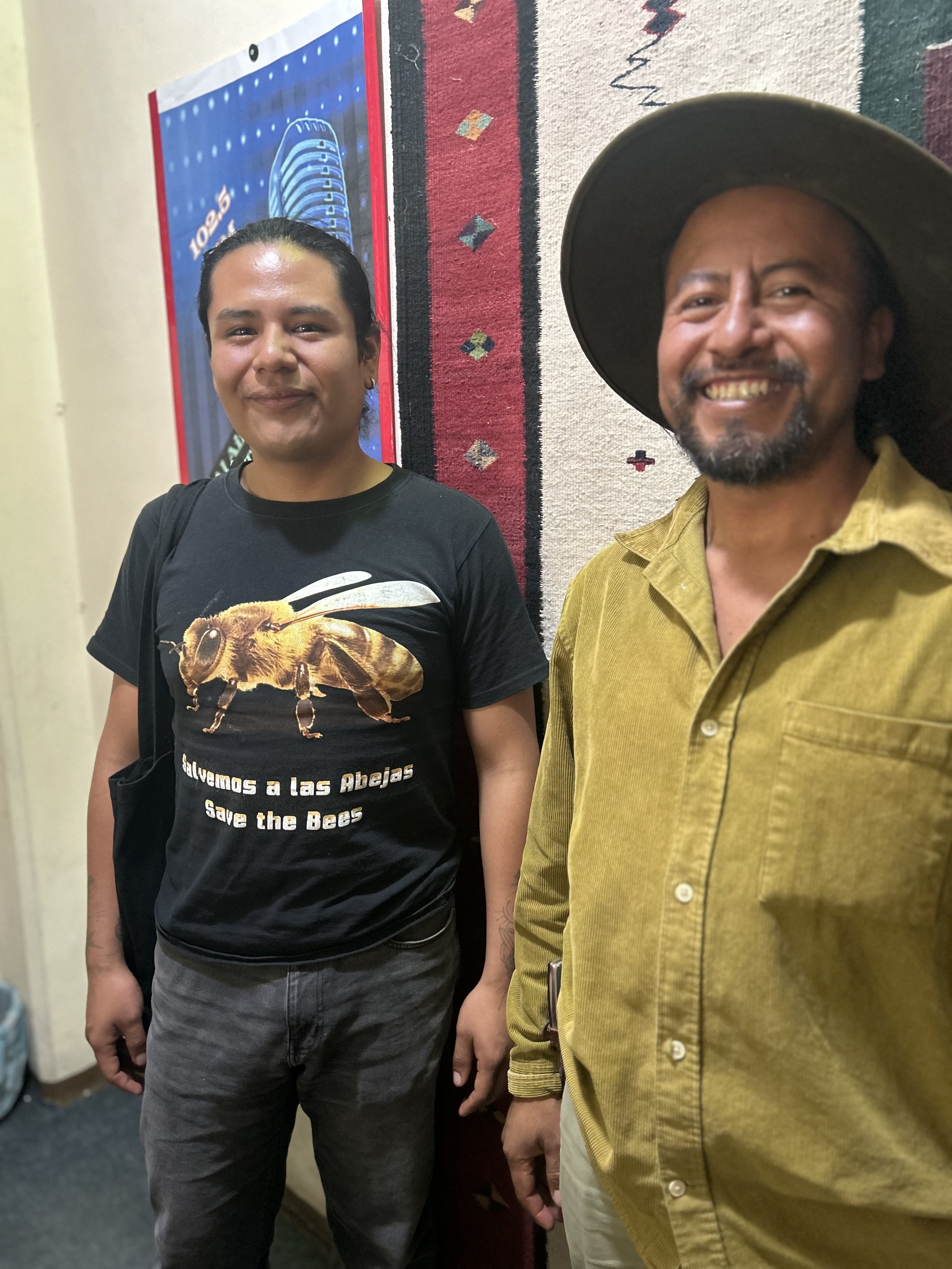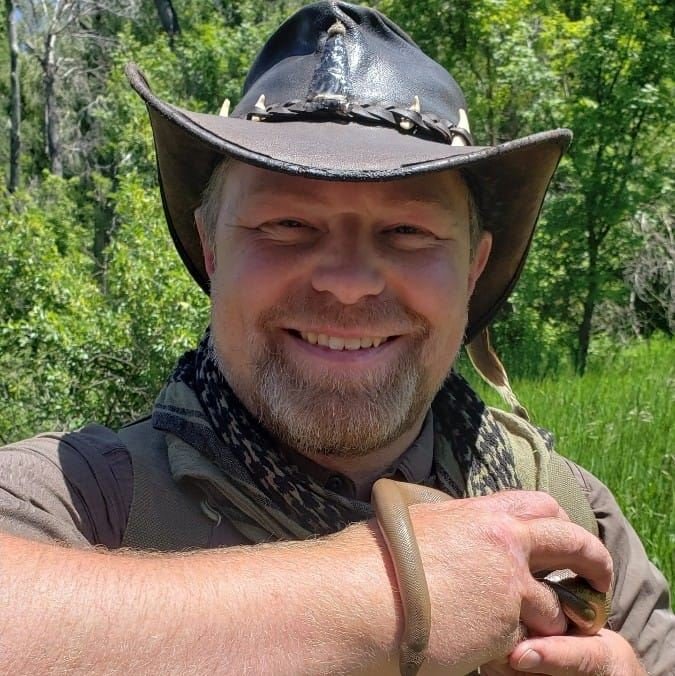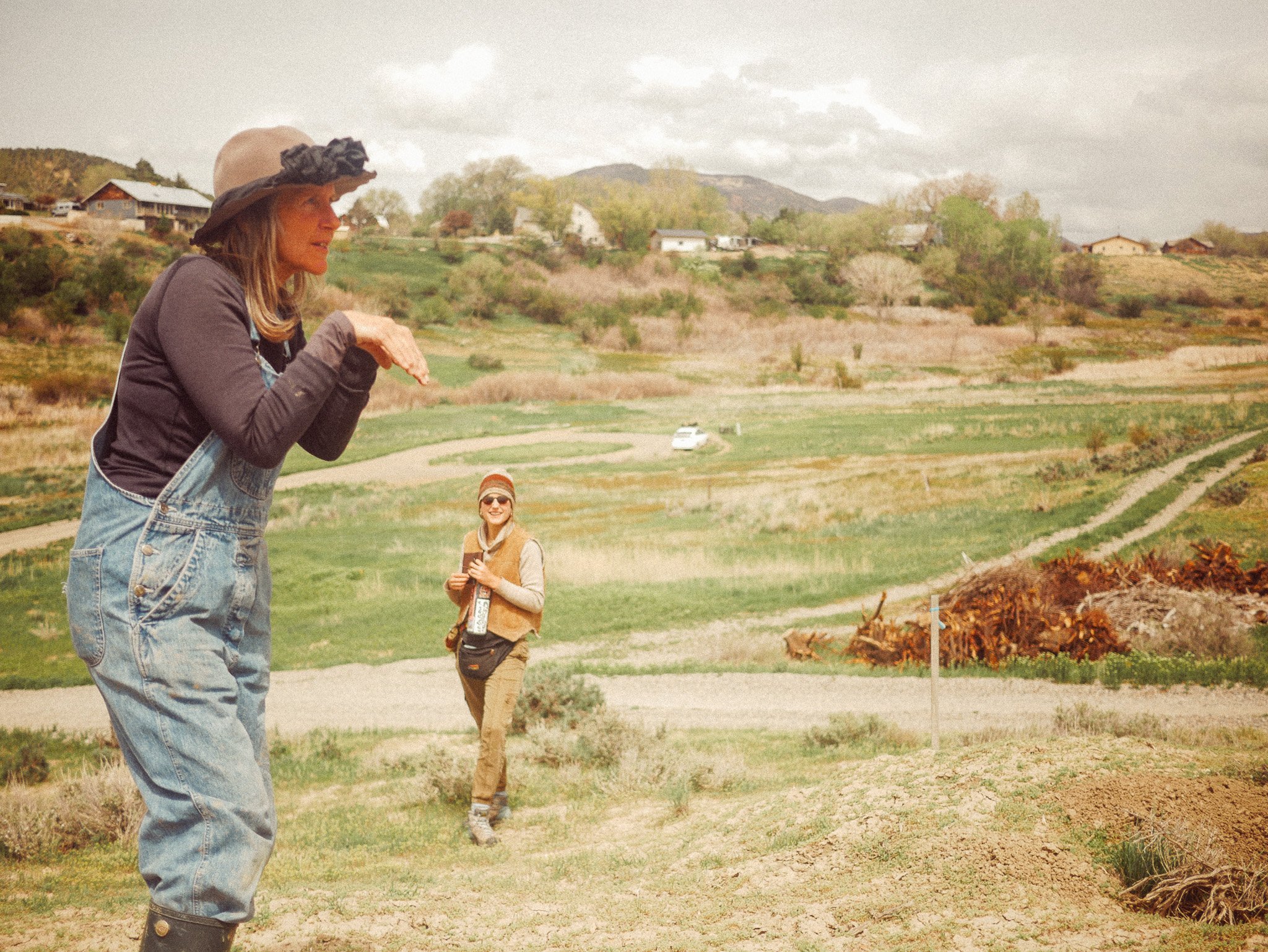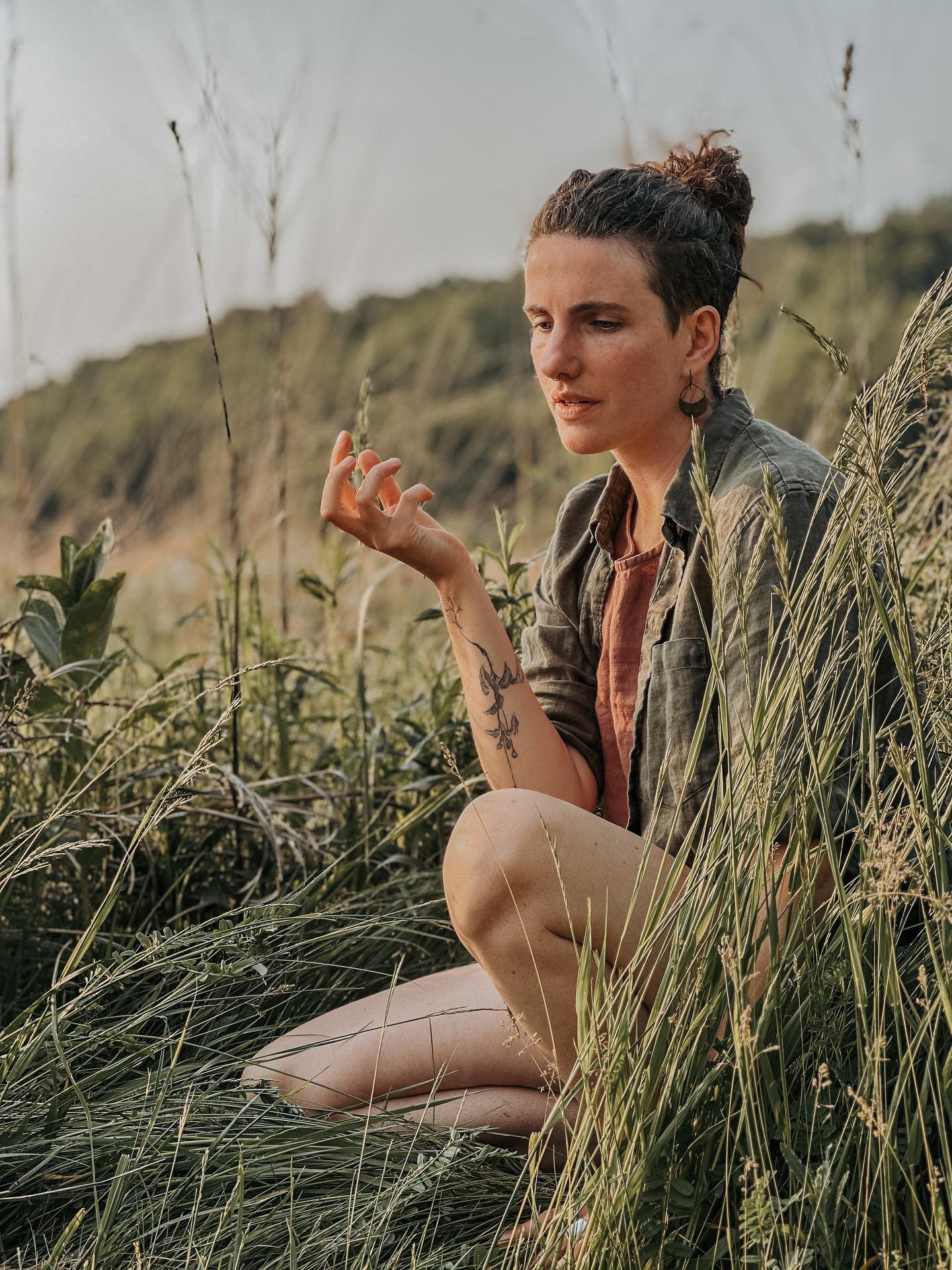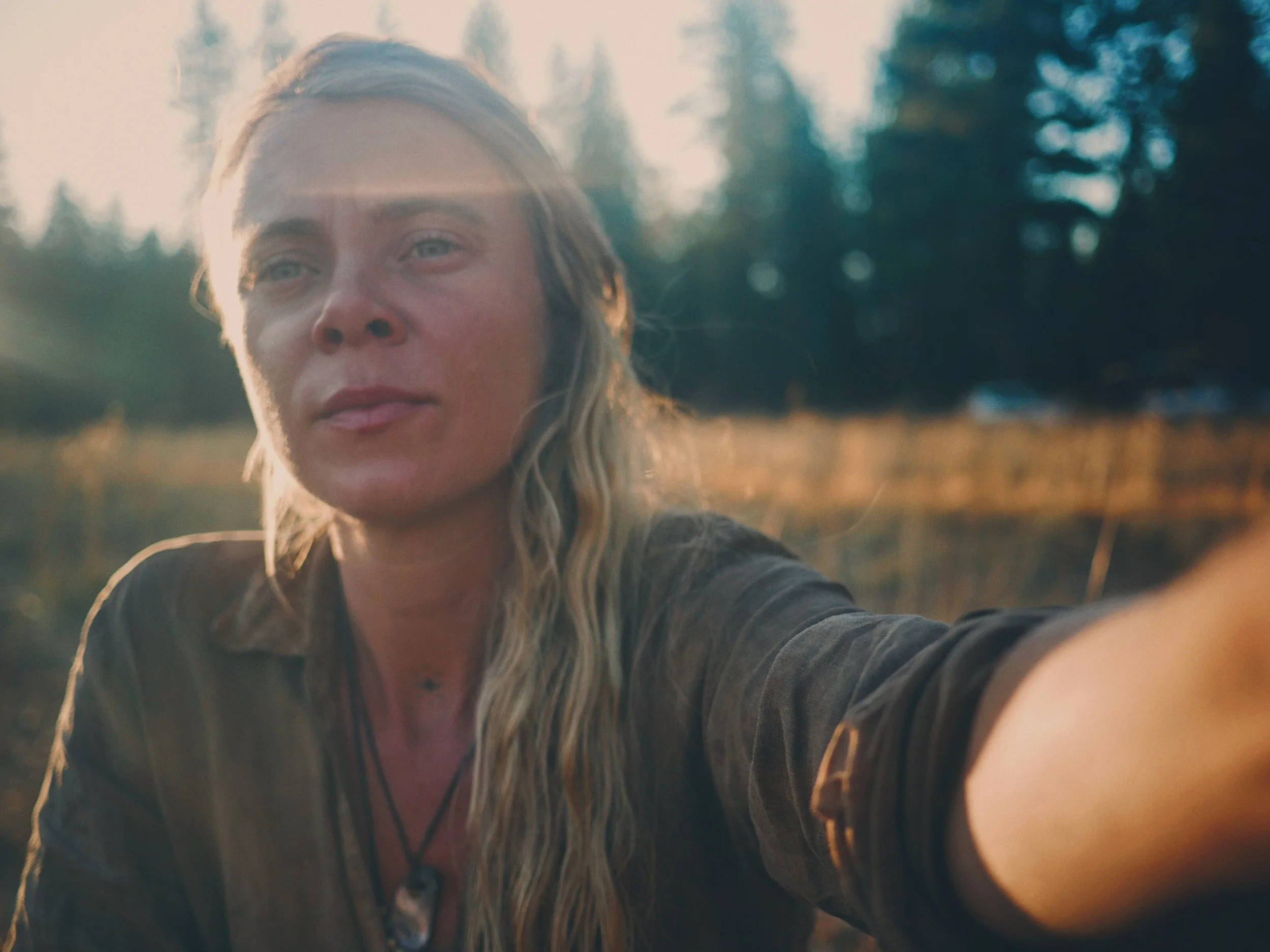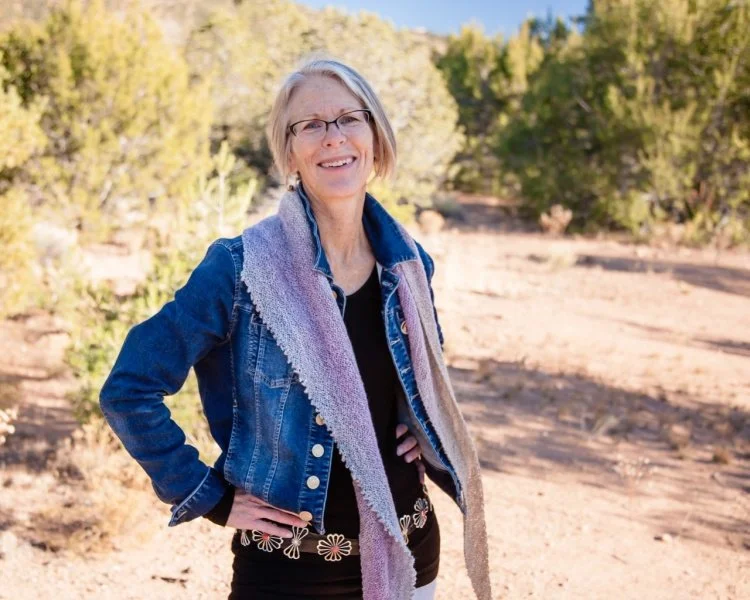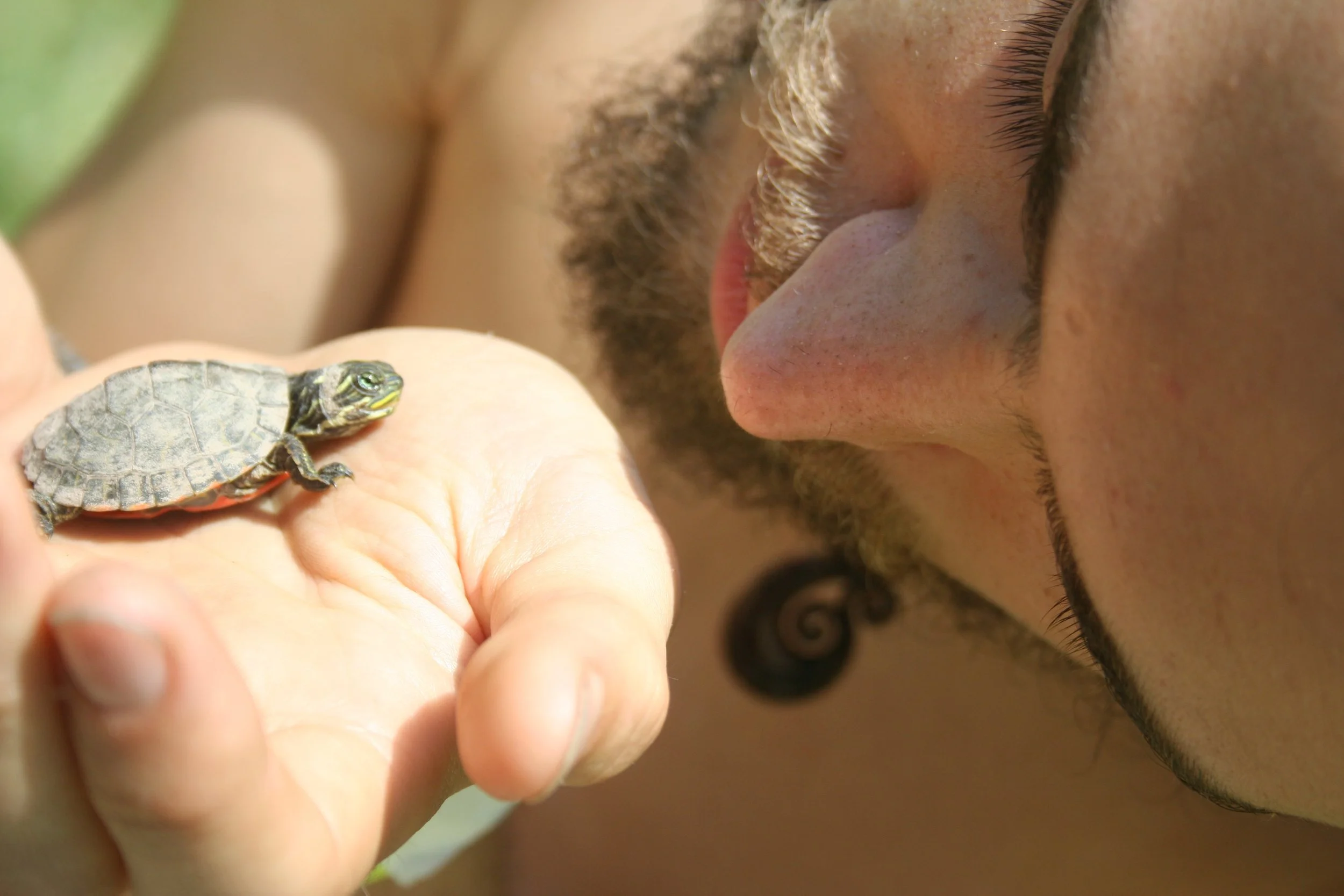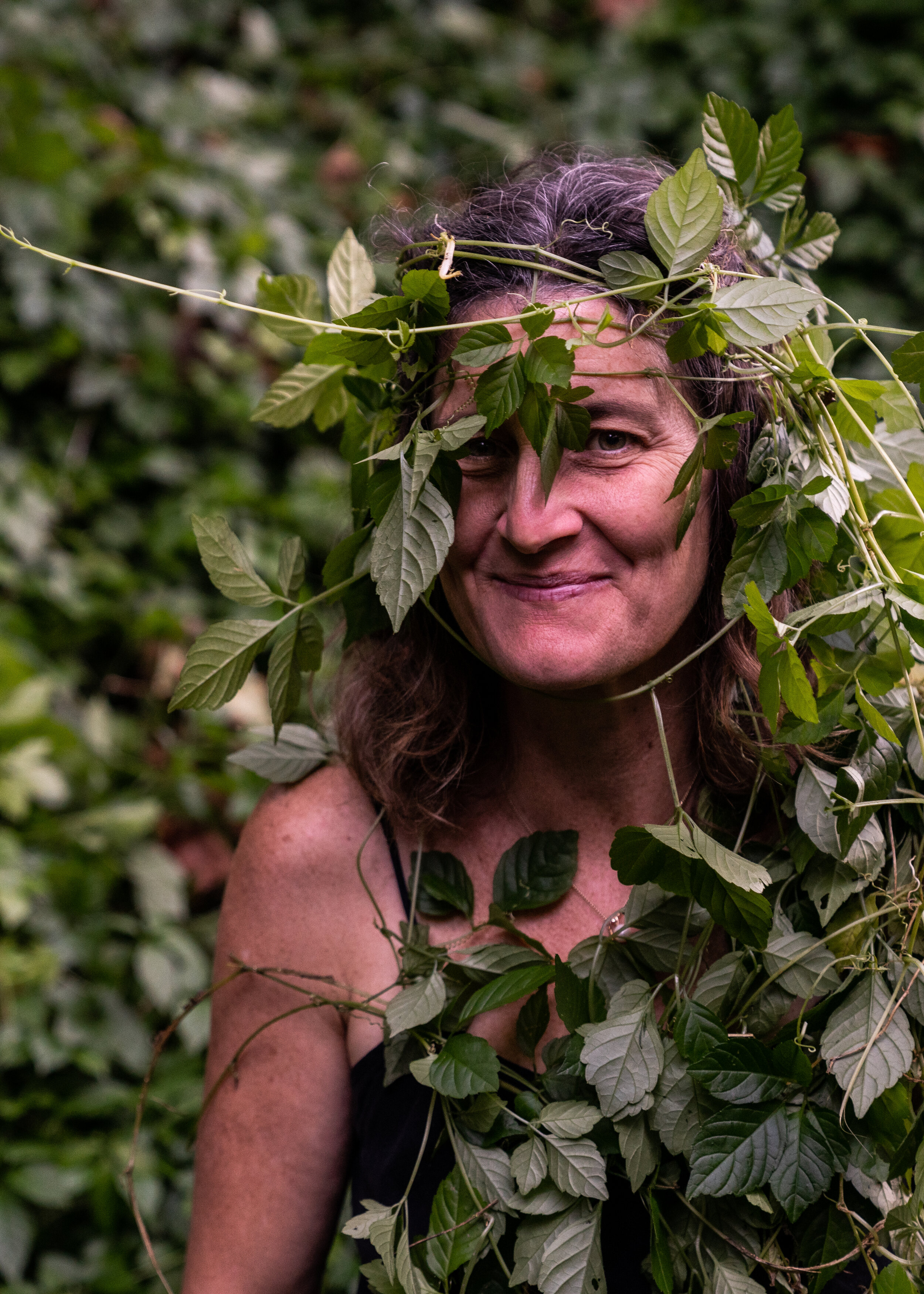Episode #50 of the Ground Shots Podcast is a conversation with the clinical herbalist Anna-Marija Helt Ph.D., who lives in Durango, Colorado.
Marija has been studying herbs, mushrooms and essential oils intensely since 2008, training at the Ohlone Center of Herbal Studies with Pam Fisher, at Green Medicine Herb School with Kathi Keville and with a number of other herbalists. Prior to becoming an herbalist, she spent nearly 15 years as a research scientist, with a focus on cancer and infectious disease. She received her doctoral degree in microbiology at the University of Washington School of Medicine while studying cancer-promoting mechanisms of human papillomavirus, the primary cause of cervical cancer. Her postdoctoral research on dengue virus was conducted in the School of Public Health at the University of California at Berkeley. She was an infectious diseases trainee at the UW Center for AIDS & STD and an infectious diseases fellow through UC San Francisco Division of Infectious Diseases. Her focus as an herbal practitioner is a low-tech, simple and holistic approach to health that incorporates both traditional herbal knowledge and the latest scientific research.
In this episode with Marija, we talk about:
bridging tradition and science in herbalism, and some history of how this divide happened
wild-tending Osha- Ligusticum porteri (Apiaceae) in the Rockies and substitutes to use instead of Osha medicinally
Osha’s regional abundance but big scale scarcity, and how keeping plant populations in a bigger picture is a perspective to consider
Osha’s deadly lookalikes - Poison and Water Hemlock Conium maculatum and Cicuta spp. (both Apiaceae)
several poisonous plants found in the southern Rockies, the greater Rockies and beyond:
Death Camas - Toxicoscordion venenosum (Melanthiaceae) or alapíšaš in the Pacific Northwest,
Baneberry - Actaea rubra (Ranunculaceae)
Corn Lily - Veratrum californicum (Melanthiaceae)
Monkshood - Aconitum spp. (Ranunculaceae)
Larkspur - Delphinium spp. (Ranunculaceae) or δελφίνιον in Greek
Pulsatilla + Anenome - Pulsatilla spp. and Anenome spp. (both Ranunculaceae)
and more.
Some photographs of the plants we discuss in this episode, many taken this summer on the Plant-a-go walk I did with Gabe Crawford on the Colorado Trail:
notes: We did not discuss Cow Parsnip but it is also an Osha and look-alike. It is not poisonous per se but can cause extreme blistering and dermatitis for some.
The photos of Corn Lily here are from the high Sierras of California on a backpacking trip I did several years ago
The Pulsatilla pictures are not from the Colorado Trail but where found around Durango, Colorado this past Spring
Links:
Marija’s website: http://www.osadha.com
Some articles by Marija on Basmati: https://basmati.com/contributor/anna-marija-helt-phd
The United Plant Savers at-risk list: https://unitedplantsavers.org/species-at-risk-list/
Marija on YouTube: https://www.youtube.com/channel/UCWNnHwGkEyV3RUNz-eGZqtg/videos
Support the podcast on Patreon to contribute to our grassroots self-funding of this project.
Support the Ground Shots Project with a one time donation via Paypal at: paypal.me/petitfawn
Donate on VENMO:
@kelly-moody-6
Cashapp: cash.app/$groundshotsproject
Our website with backlog of episodes, plant profiles, travelogue and more: http://www.ofsedgeandsalt.com
Our Instagram pages: @goldenberries / @groundshotspodcast
Join the Ground Shots Podcast Facebook Group to discuss the episodes
Subscribe to our newsletter for updates on the Ground Shots Project
Theme music: 'Sweat and Splinters' by Mother Marrow
Hosted by: Kelly Moody
Produced by: Kelly Moody and Opia Creative



